St. Paul, MN, also known as the “twin cities”, is a beloved hometown for many who live here.
It’s full of culture, job opportunities, and tradition. It’s a large city, located in a state that borders Canada.
In fact, St. Paul is the second-largest city in the state of Minnesota.
If you’re considering moving here, it’s essential that you adjust to not only the pros but the cons as well.
There isn’t a city that exists that is 100 percent perfect.
This guide will provide you with everything you need to know to help you determine whether St. Paul is an ideal city for you.
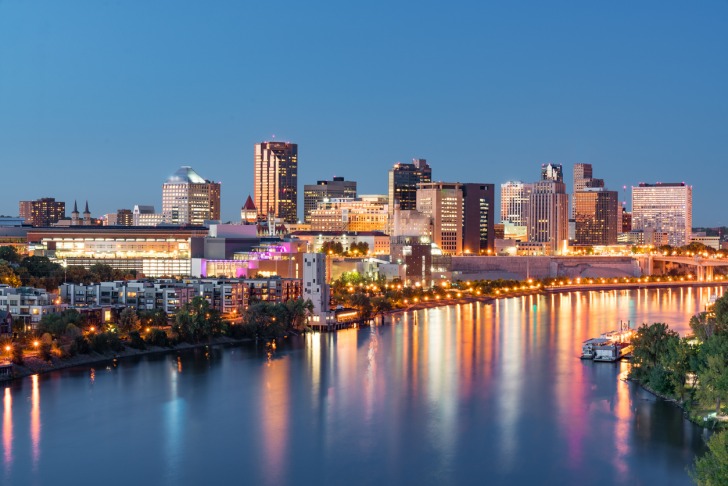
Contents
- Pros of Living in St. Paul, MN
- 1. Plenty of Job Opportunities
- 2. Great for Foodies
- 3. Perfect for Outdoor Adventures
- 4. Affordable Living
- 5. Bustling Nightlife Scene/h3> If living in a town that has a great nightlife scene is important to you, St. Paul is a winner.
- 6. Nice Climate Throughout the Year
- 7. Public Transportation
- 8. Excellent Public School System
- Cons of Living in St. Paul, MN
- Pros and Cons of Living in St. Paul, MN – Summary Table
- St. Paul Safety Overview
- Frequently Asked Questions
Pros of Living in St. Paul, MN
First, let’s discuss some of the benefits of living in St. Paul, MN.
1. Plenty of Job Opportunities
If you’re prepared to call St. Paul your home, you’ll be happy to know that there are plenty of job openings available here.
It’s not challenging to find a good job. In fact, the twin cities have about 17 Fortune 500 companies located in town.
Additionally, there are several other companies located in the state alone, as corporate offices.
Some of the most common companies in St. Paul are Lawson Software, 3M, Allina Health, and Ecolab.
2. Great for Foodies
Finding your fair share of good food in St. Paul isn’t going to be hard.
It’s big on Swedish dishes and is full of many other diverse options.
So, if you consider yourself a big foodie, you are going to enjoy everything that St. Paul has to offer.
If you choose to relocate to St. Paul, here’s a list of some of the must-try restaurants:
- Handsome Hog
- Union Hmong Kitchen
- Saint Dinette
- The Lexington
- Conny’s Creamy Cone
3. Perfect for Outdoor Adventures
If you and your family enjoy spending a lot of time outdoors, St. Paul has a lot to offer.
St. Paul is full of lavish landscapes that are perfect for hiking, biking, and enjoying the water.
There are also plenty of beautiful parks in St. Paul.
Families frequently visit Como Zoo and Como Town amusement parks during the warmer months.
Unless it’s cold here, you will never run out of things to do.
4. Affordable Living
St. Paul is entirely affordable. In fact, it’s 2% lower than the national average.
Even though the cost of groceries and transportation are slightly higher, living expenses are much lower than the rest of the state.
For instance, you can purchase a home anywhere between $130,000 and up.
Luxury homes here can cost over a million dollars, depending on the neighborhood.
One bedroom in St. Paul can cost you anywhere between $1,000 and $1,500 each month in rent.
5. Bustling Nightlife Scene/h3>
If living in a town that has a great nightlife scene is important to you, St. Paul is a winner.
Downtown St. Paul has several options.
Here you will find plenty of full bars, lounges, lively crowds, comedy, trivia, and open-mic nights.
There are also excellent restaurants throughout St. Paul.
Additionally, the Midway neighborhood has a great nightlife scene as it has bars, music venues, and much more.
6. Nice Climate Throughout the Year
Residents of St. Paul have the luxury of experiencing all four seasons.
During the summer, things can get pretty warm here.
The warmest temperatures occur between May and October.
Average temperatures throughout these months can reach over 70 degrees.
St. Paul also experiences some cold winters.
This can be a plus for many who enjoy outdoor winter sports.
The coldest months are between November and March.
On average, they can see close to 30 inches of snow throughout the season.
7. Public Transportation
There are many options for public transit in St. Paul.
This is a huge plus, being that it’s a pretty big city.
It’s a walkable city with plenty of options for buses and biking.
You don’t have to always depend on a vehicle while living in St. Paul.
Additionally, St. Paul has train routes.
The Metro Green Line operates 24 hours a day, seven days a week.
This allows residents living here to get around the city with ease.
8. Excellent Public School System
There are just over 35,000 students that make up the 67 public schools in St. Paul, MN.
St. Paul has the second-largest school district in the entire state.
There are nearly 48 elementary schools, 10 middle schools, and plenty of high schools.
There are various programs, including extended day programs for elementary-aged students who need more assistance.
St. Paul also has its fair share of private schools and universities.
Cons of Living in St. Paul, MN
Now, let’s take a look at some of the cons of living in St. Paul, MN.
1. High Crime Rate
The crime rate in St. Paul, MN is higher than the national average.
It is in the 2nd percentile for safety.
This means that there are 98% of other cities in the country that are much safer than St. Paul.
Only 2% of cities are more dangerous.
The chances of becoming a victim of violent crime in St. Paul is 10.56 per 1,000.
If you have children and want to raise them in a safe neighborhood, you may want to reconsider moving here.
2. Low Income Levels
You may be in an uphill battle to make good money while living in St. Paul.
The median income in St. Paul, MN is significantly lower than the national average.
If you envision becoming wealthy, you may want to think twice about moving to St. Paul.
The median income for individuals living in St. Paul, MN is only $31,435.
For households, the median income is $59,717.
3. Vintage Homes
Vintage homes may or may not be an issue for you.
But, if you’re looking for a town that gives you city vibes, you will see more old homes versus modern homes in St. Paul.
St. Paul has rough terrain which makes it difficult to build new homes here.
This is one of the main reasons why residents choose to live in antique homes that are well-made.
4. Traffic
Every city is different when it comes to transit. St. Paul, unfortunately, does not have good transit mainly because of the population.
However, when you compare traffic in St. Paul to other cities such as New York and Los Angeles, it isn’t all that terrible.
But, if you are not used to dealing with any amount of traffic while commuting to and from work, this is something you should think about.
5. Freezing Temperatures in Winter
The freezing temperatures that St. Paul sees during the winter shouldn’t come as a surprise.
Between November and April, temperatures barely climb above 30 degrees Fahrenheit.
In April, the highs are still considered low, with average temperatures around 47 degrees Fahrenheit.
Besides the freezing temps, St. Paul deals with a lot of snow.
So, if you’re not into snow, moving to St. Paul could be a huge mistake considering it doesn’t melt until late April into May.
6. High Tax Rates
Tax rates are significantly high in St. Paul.
This goes for both property and sales taxes.
The national average sales tax rate is 6.875%.
In St. Paul, the sales tax rate is 7.88%.
However, this isn’t as high compared to other cities in the country such as Tacoma, Washington, where the sales tax is 10.3%.
But, either way, the high sales tax in St. Paul could result in residents paying a lot more in taxes every year.
7. Lacks Diversity
For many, a lack of diversity is a major reason to avoid moving to a certain town.
Unfortunately, this is the case with St. Paul, MN.
The city isn’t as diverse compared to other major cities.
The majority of people living in St. Paul are white.
Furthermore, there are a lot of Asians that live in St. Paul.
In fact, the Asian population here is three times higher than the national average.
8. Summer Mosquitos
Everyone awaits the warmer weather when they are finally able to go outside and enjoy what nature has to offer.
However, mosquitos can be a huge problem during the late spring and summer months.
If you’re thinking about moving here, be sure that you have a lot of bug spray with you if you plan on being outside during the evening.
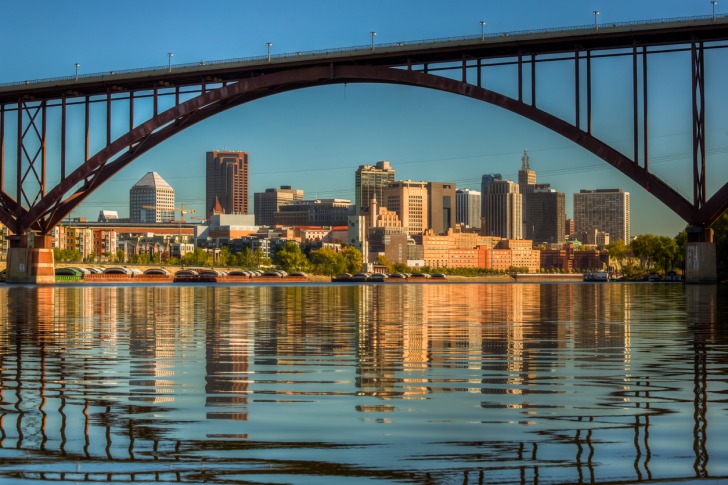
Pros and Cons of Living in St. Paul, MN – Summary Table
| Pros of Living in St. Paul, MN | Cons of Living in St. Paul, MN |
|---|---|
| 1. Plenty of Job Opportunities | 1. High Crime Rate |
| 2. Great for Foodies | 2. Low Income Levels |
| 3. Perfect for Outdoor Adventures | 3. Vintage Homes |
| 4. Affordable Living | 4. Traffic |
| 5. Bustling Nightlife Scene | 5. Freezing Temperatures in Winter |
| 6. Nice Climate Throughout the Year | 6. High Tax Rates |
| 7. Public Transportation | 7. Lacks Diversity |
| 8. Excellent Public School System | 8. Summer Mosquitos |
St. Paul Safety Overview
READ THE FULL REPORT: St. Paul Safety Review
Safety Index:
- OVERALL RISK: MEDIUM
- TRANSPORT & TAXIS RISK: LOW
- PICKPOCKETS RISK: LOW
- NATURAL DISASTERS RISK: LOW
- MUGGING RISK: MEDIUM
- TERRORISM RISK: LOW
- SCAMS RISK: LOW
- WOMEN TRAVELERS RISK: LOW
Frequently Asked Questions
Is St. Paul a great place to live?
St. Paul is one of the best places to live and raise a family in the state of Minnesota.
St. Paul gives you access to high-quality education, a great standard of living, and affordable homes.
Furthermore, St. Paul offers a wide variety of activities including fishing, boating, swimming, hiking, biking, and much more.
Is retiring in St. Paul a good idea?
As of today, St. Paul is one of the best places in the entire country to retire.
According to a recently published study, St. Paul ranked number eight for the best place to retire in the United States.
This is mainly due to the affordable cost of living and high-quality healthcare system for seniors.
If you are moving here and considering retiring in the city, you should be happy to know that this is a stunning place to do so.
What type of entertainment do they have in St. Paul, MN?
There are plenty of things to do in St. Paul, MN if you are looking for entertainment.
For example, you can check out The Fitzgerald Theater, which is the oldest standing theater in the city.
You can also check out various Broadway entertainment including Waitress, Beauty and the Beast, and Rent.
Furthermore, there are many concerts that take place at Roy Wilkins Auditorium.
Does St. Paul, MN have any major league sports teams?
There are many major league sports teams in the twin cities.
They have a baseball and football team.
The Minnesota Vikings (NFL) and the Minnesota Twins (MLB) are their two biggest sports teams.
Additionally, they have a hockey team, the Minnesota Wild, that plays at Xcel Energy Center.
What is the population in St. Paul, MN?
Currently, St. Paul, MN has a population of 310,368.
This is the second-largest city in the state.
The population here is increasing at a rate of 0.37 per year.
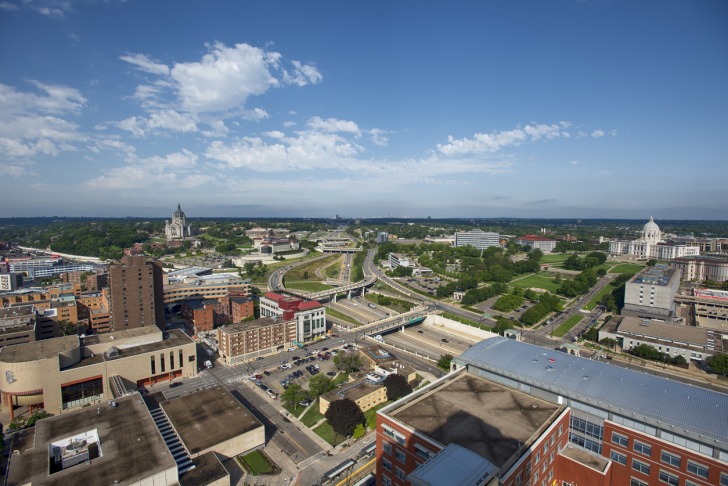

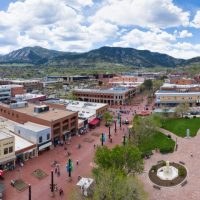


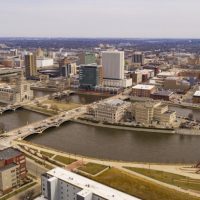






St. Paul, MN seems like a great city with plenty of job opportunities, a diverse food scene, and beautiful outdoor spaces, but it also has its downsides such as high crime rates and freezing temperatures in the winter.
One of the best things about St. Paul is its diverse culinary scene. From traditional Minnesota dishes like hotdish to global cuisines like Thai and Ethiopian, there’s something to satisfy every palate here.
One downside of living in St. Paul is the traffic congestion, especially during rush hour. However, the city’s public transportation system, including buses and the light rail, can help commuters navigate the gridlock.
While the winters can be harsh in St. Paul, the city is well-prepared for snow removal. Plus, there’s a certain charm to cozying up with a cup of hot cocoa and watching the snow fall outside.